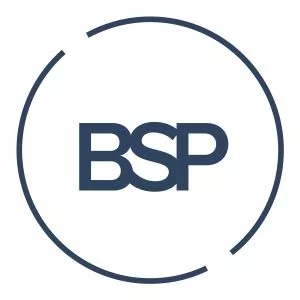It is rare that a ruling of the ECJ deals with the interpretation of the Prospectus Directive regime (composed of inter alia Directive 2003/71/EC on the prospectus to be published when securities are offered to the public or admitted to trading (the Prospectus Directive) and the related Commission Regulation (EC) No 809/2004 (the Prospectus Regulation). On May 15th 2014 the ECJ gave a ruling in the Michael Timel v Aviso Zeta AG case (C-359/12).
A number of questions were raised by the referring court on prospectus content and publication. In the ECJ's responses to these queries they have clarified the following points:
1. Art. 22(2) of the Prospectus Regulation is to be interpreted as meaning that information required under Art. 22(1) which, although not known at the time of publication of the base prospectus, nevertheless was known at the time of publication of a supplement to that prospectus must be published in that supplement if the information involves a significant new factor, material mistake or inaccuracy capable of affecting the assessment of the securities, within the meaning of Art. 16(1) of the Prospectus Directive.
2. The requirements of Art. 22 of the Prospectus Regulation are not satisfied by the publication of a base prospectus which omits the information required under Art. 22(1), in particular the information referred to in Annex V to the Prospectus Regulation, if no final terms are published.
3. Art. 29(1)(1) of the Prospectus Regulation is to be interpreted as meaning that the requirement that a prospectus must be easily accessible on the website on which it is made available to the public is not fulfilled where there is an obligation to register on that website, entailing acceptance of a disclaimer and the obligation to provide an email address, where a charge is made for that electronic access or where consultation of parts of the prospectus free of charge is restricted to two documents per month. (Some such restrictions previously applied where a prospectus was published on the Luxembourg Stock Exchange, which was where the documents were made available in the present case; since June 13th 2014, all published prospectuses on the website of the Luxembourg Stock Exchange are available without restriction).
4. Finally, Art. 14(2)(b) of the Prospectus Directive is to be interpreted as requiring the base prospectus to be made available to the public both at the registered office of the issuer and at the offices of the financial intermediaries. The question arose due to a
translation discrepancy in different versions of the directive. The clarification of the ECJ affirmed the wording of the English language version (amongst others).
The judgment of the ECJ is available at the following link:
http://eur-lex.europa.eu/legal-content/EN/TXT/?qid=1403732229838&uri=CELEX:62012CJ0359
The content of this article is intended to provide a general guide to the subject matter. Specialist advice should be sought about your specific circumstances.

